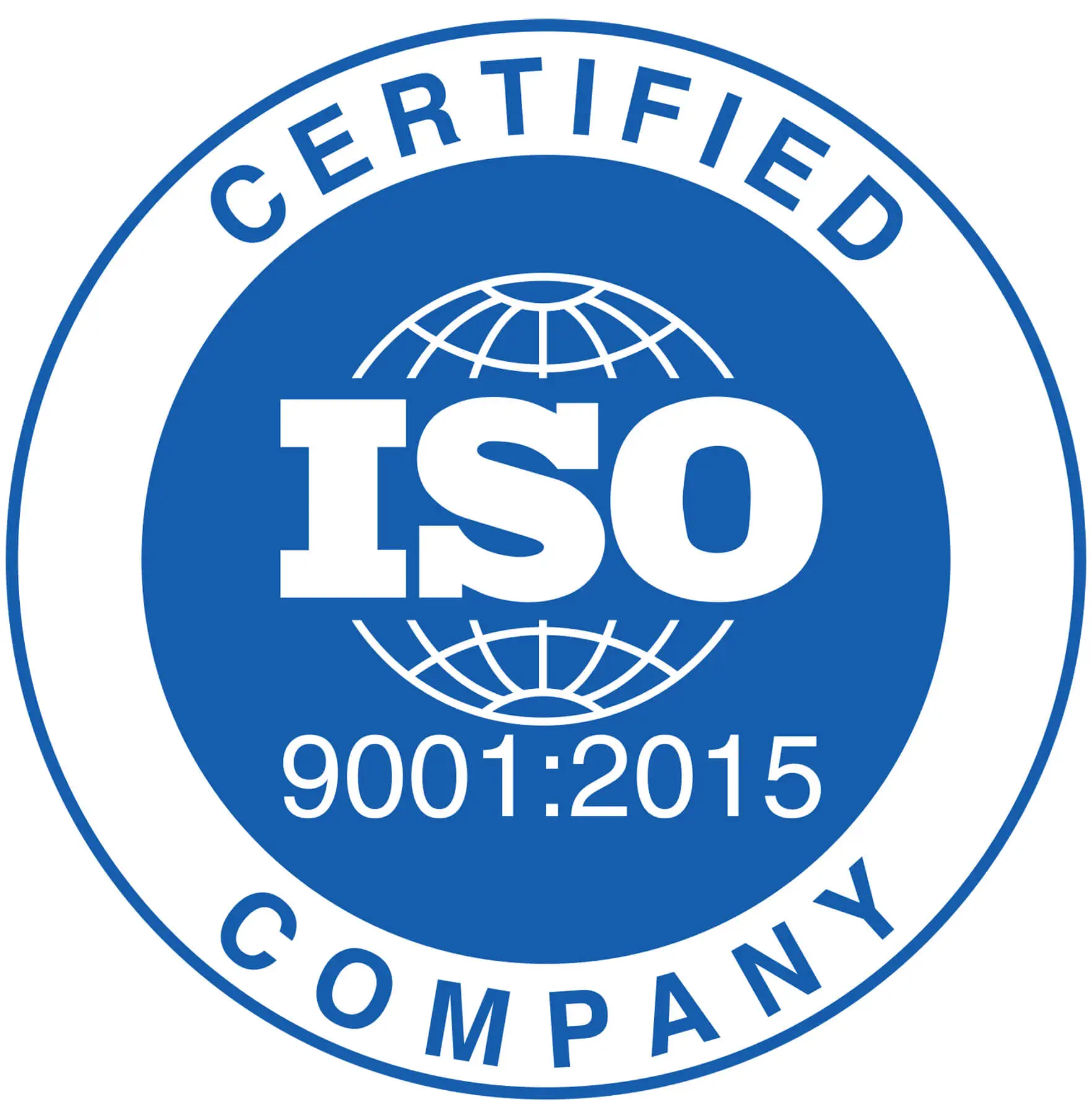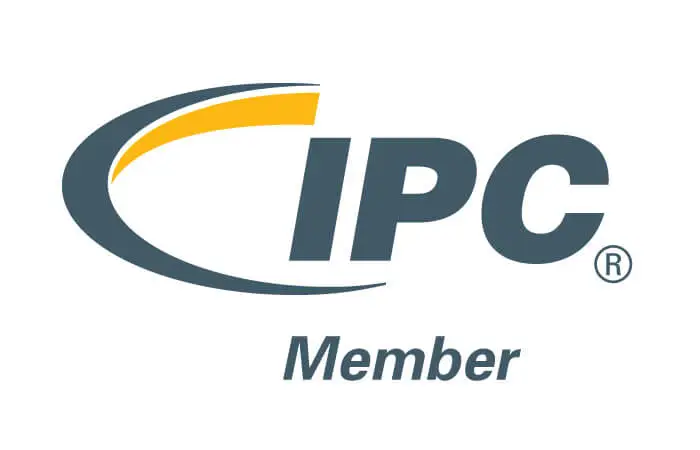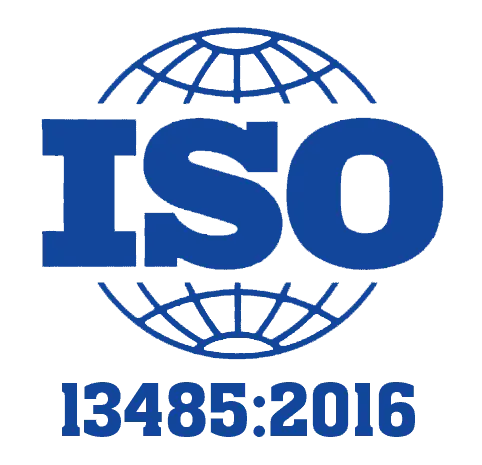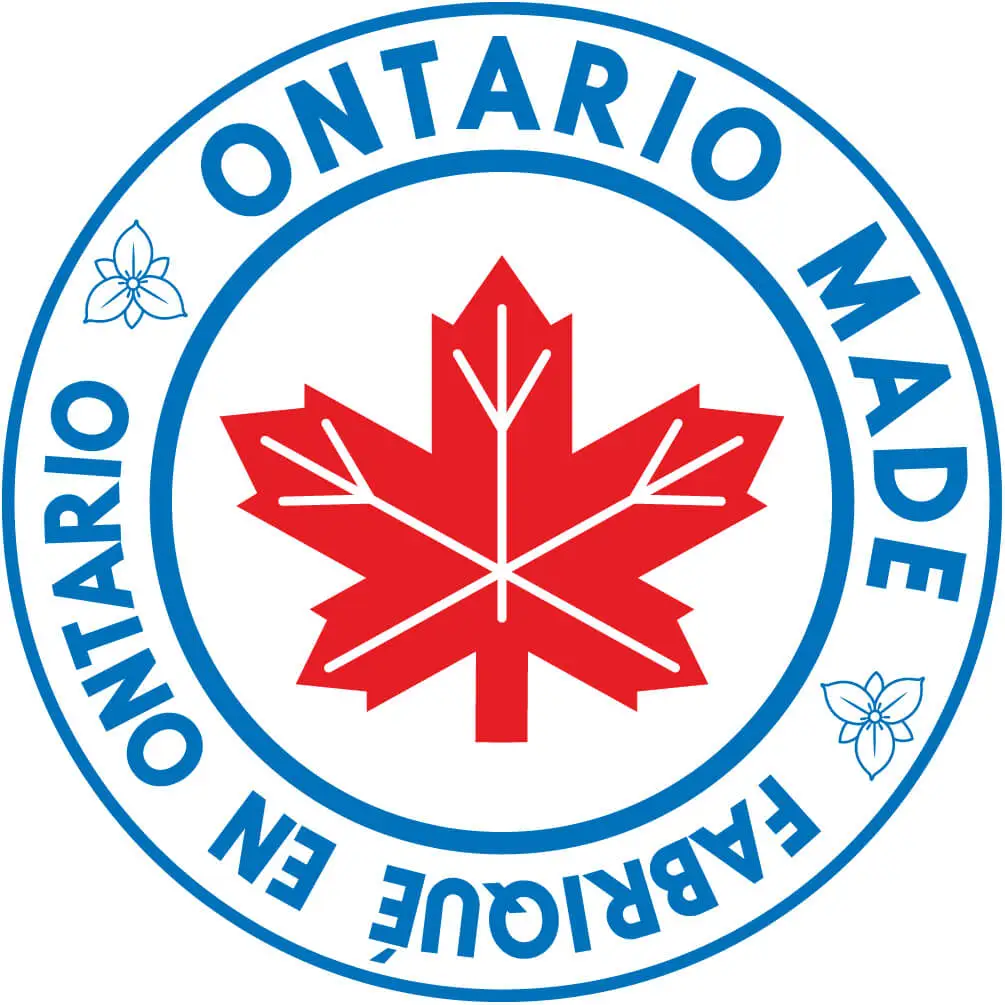TURN-KEY PCB ASSEMBLY: BITTELE ELECTRONICS
PCB MANUFACTURING AND ASSEMBLY
Full Turn-Key PCB Manufacturer
You can quickly get quotes and order PCB fabrication and assembly using our online system. Take advantage of exclusive automatic discounts with our tool. Our BOM pricing tool ensures you receive the lowest price for your order.
START A TURN-KEY PCB ORDER
How to Control Impedance
The transmission line’s characteristic impedance depends on how the width of a conductor, the thickness of a conductor, the thickness of the dielectric between the conductor and the ground power reference planes, as well as the dielectric constant of the dielectric medium relate to one another.
During the beginning stage of design, it is suggested that the client contact Bittele Electronics to discuss the impedance requirements. This discussion will provide a platform of communication for all parties to ensure the specifications and effects of material characteristics, including specific DKs and production processes, will have on the project’s impedance requirements and tolerances.
To determine the real impedance may require building a small prototype in order to test it. This is usually required due to the close impedances necessary in a design. It may also be necessary when a design has small line widths and dielectric thicknesses that have greater sensitivity to changes. For instance, a tolerance change from variation in etching have more significance for a 0.125 mm (0.005 inch) line width than for a 0.25 mm (0.100 inch) line.
Document the reference dimensions for line width and dielectric thickness only. This permits Bittele Electronics to make small changes to the line width and dielectric thickness to correspond to impedance goals.
Note: When it is needed to make a modification of a line width, it needs to be done to all of the lines of the same width in a particular layer. The client must give permission to make this type of modification.
Consider the importance of the Etch Factor when making impedance calculations.
The Etch Factor is the resultant reduction of a line width during the etching process. However, it is not necessary to consider the Etch Factor for PCBs that possess an Aspect Ratio GE 4.5:1 or boards that are GE 2.3 mm (0.093 inch) thick and have an Aspect Ratio of GE 3:1.
The suggested tolerance for impedance is +/- 10 percent. A smaller tolerance is usually attainable, particularly with complete embedded micro-strip and strip-line structures. Discuss this specification with Bittele Electronics for the best results.
Related Articles:
Please briefly describe the information you are seeking in the search bar below.






 English
English